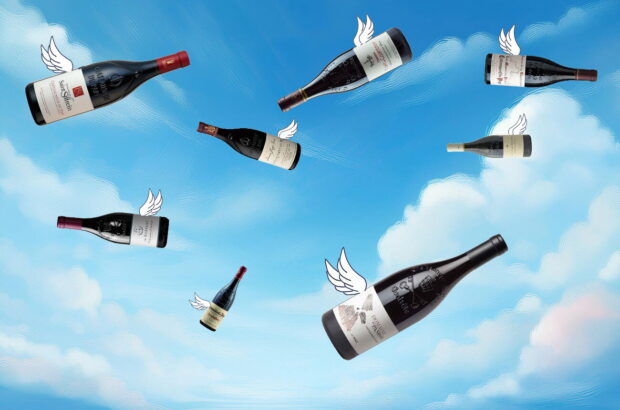Wine tasting is not drinking. Although wine is made to drink and enjoy, there are also times when it has to be judged and assessed. Mastering the art of tasting is essential in order to get the most out of your wine drinking.
Tasting the wine
Important as the senses of sight and smell are when it comes to our
enjoyment
of a wine, the ultimate test is its taste. Take a mouthful of
the liquid
and swish it around in your mouth quite vigorously. Breathe as
you do
so, as this helps to aerate the wine and increases its flavour.
After
holding the wine in your mouth for 15 to 20 seconds, spit it out
– or
swallow it if you’re not intending to taste more than a couple
of wines.
Your tongue has a range of taste receptors in different places –
you
will taste sweetness most at the front, acidity along the sides
and bitterness
at the back. High acidity will make your mouth water, while
tannin (which
tends to be most pronounced in young red wines intended for long
cellarage)
will have the opposite effect.
When you evaluate the wine, first take into account its
complexity and
weight. Again, these qualities will depend on many factors,
including
the grape varieties used and the age of the wine: a fine aged
Bordeaux
will be far denser than a young Beaujolais.
Certain characteristics are associated with the various types
of grape
and even with the area where a wine is grown – an Australian
Riesling
might be described as having tropical fruit flavours, while a
Riesling
from Alsace would be lighter and have a more mineral/citrus
quality.
In Old World wines, certain grape varieties tend to be
associated with
particular areas. One could say with a reasonable degree of
certainty
that a wine made from Pinot Noir grapes probably comes from
Burgundy.
This is now increasingly the case in the New World as well.
Marlborough
in New Zealand, for example, is now concentrating white wine
production
on its famed Sauvignon Blancs.
There is no right or wrong conclusion to be drawn about any
individual
wine. Describe it according to your own perception – after all,
tasting
is meant to encourage you to create your own frame of reference
for the
wines you drink. Learn about the tastes that you enjoy – and
those you
don’t – then follow the instincts that you have developed when
it comes
to buying wine in a restaurant or for drinking at home.






